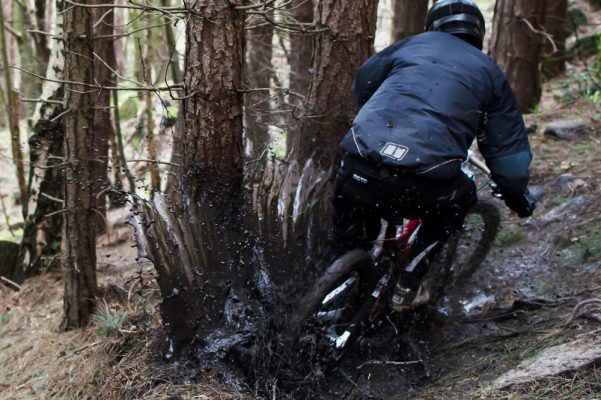Don't just survive, thrive!
Thrive don’t survive this winter. A guide to having fun in the mud: technique, bike set-up, body set-up, clothes, route planning and recovery.
>>> Our ultimate foul weather recommended riding kit
Technique
Winter is a good opportunity for you to really concentrate on your riding ability. Get the flat pedals back on and focus on staying close to the bike and opening up room to move. This will allow you to respond more quickly when the bike slides and let your body loosen up and get into the shapes needed to keep it moving forwards when the back end is pointing sideways. You’ll also be able to really push into the ground with your legs to boost grip. You won’t be able to adapt your technique if you’re trying to go as fast as you would in the dry. Instead, back off the speed and aim to ride smoothly. Control will give you confidence, and confidence will ultimately allow you to go faster.
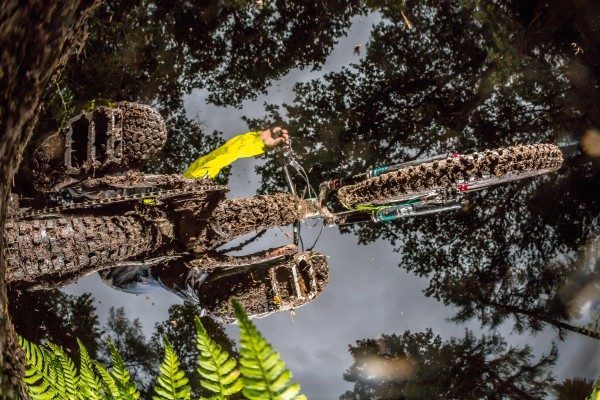
Bike set-up
If conditions are soft and slow it’s useful to tweak your suspension a little bit to maximise grip, even if it’s at the expense of speed. Reduce your air pressure a touch to run more sag and you can even consider adding a little bit more rebound to keep control. Fitting a mudguard is essential to keeping your vision free, so choose the biggest one you can. Then lever on some winter tyres – even just a more aggressive front tyre can be enough to give you more confidence. Lower pressures will also help as your tyres will deform better over roots and smaller features, improving grip and creating a softer ride over choppy, unpredictable terrain.

Body set-up
Invest in some trail trousers – they keep you clean and comfortable in all conditions, plus you can strip them off in the car park after the ride and reveal clean legs! They keep the worst of the spray away, don’t get weighed down with moisture, are windproof, and mean you can layer up underneath to stay cosy on even the coldest night rides. Then add some clear glasses to protect your eyes. If it’s raining then you’re going to have trouble keeping them dry enough to see through, but if the spray is coming up from the ground then get your specs on. Picking clumps of dirt out of your eyes the day after a ride no fun and can cause serious damage. If you have a pair of clear specs in your backpack then you’ll be able to take them out at the top of a descent and fire them in, no problem.
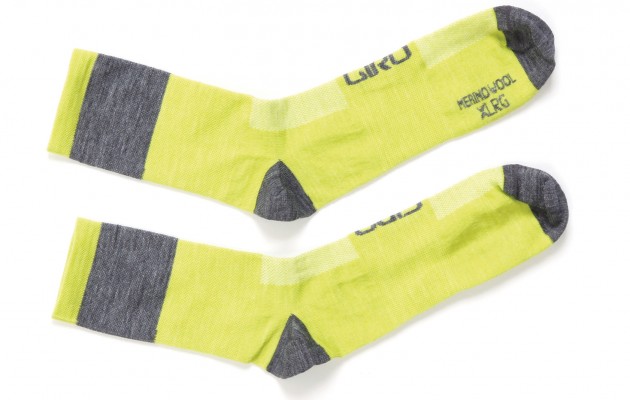
Change of clothes
Sitting in your wet kit on the way home is never pleasant. Not only do you make a mess of your vehicle and house, if you have to strip down at the washing machine, it also means you’re delaying warming up your body. Get a dry base layer, bring a hat, and at the very least change your socks and put some dry shoes on. Your doctor will thank you for it.
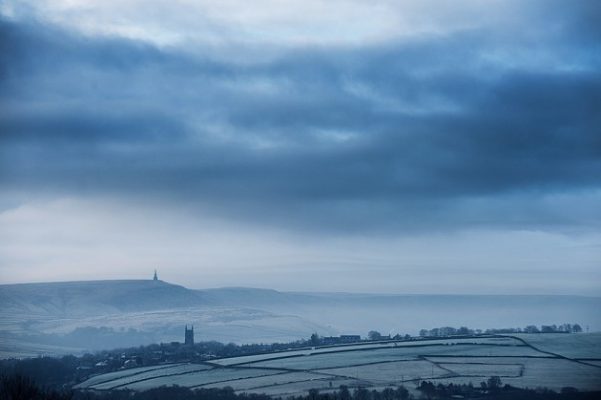
Plan your route
You might want to change your route to suit the conditions. Even just having a contingency plan in place in case the weather turns nasty could make a huge difference to your health. Be aware that exposed areas will be windy and cold if you have to stop, that it’s a lot colder the higher up you go, and that high winds often mean fallen trees and debris on the trail. Your old favourite could look very different if at this time of year.
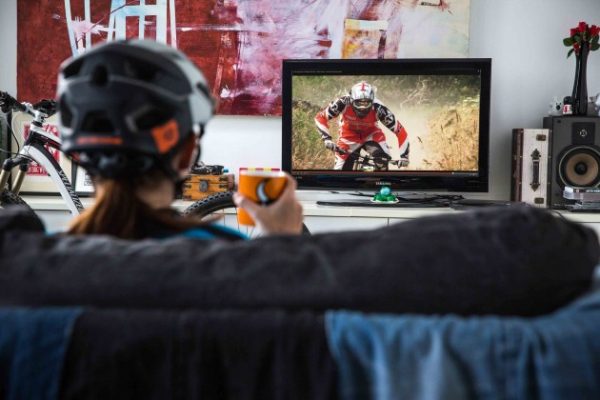
Recover
Give yourself plenty of rest at this time of year. It’s often easy to go in too deep and end up ill. Remember that, although the mileage will likely be a bit less at this time of year, your body will be working a lot harder to cover the same distance




